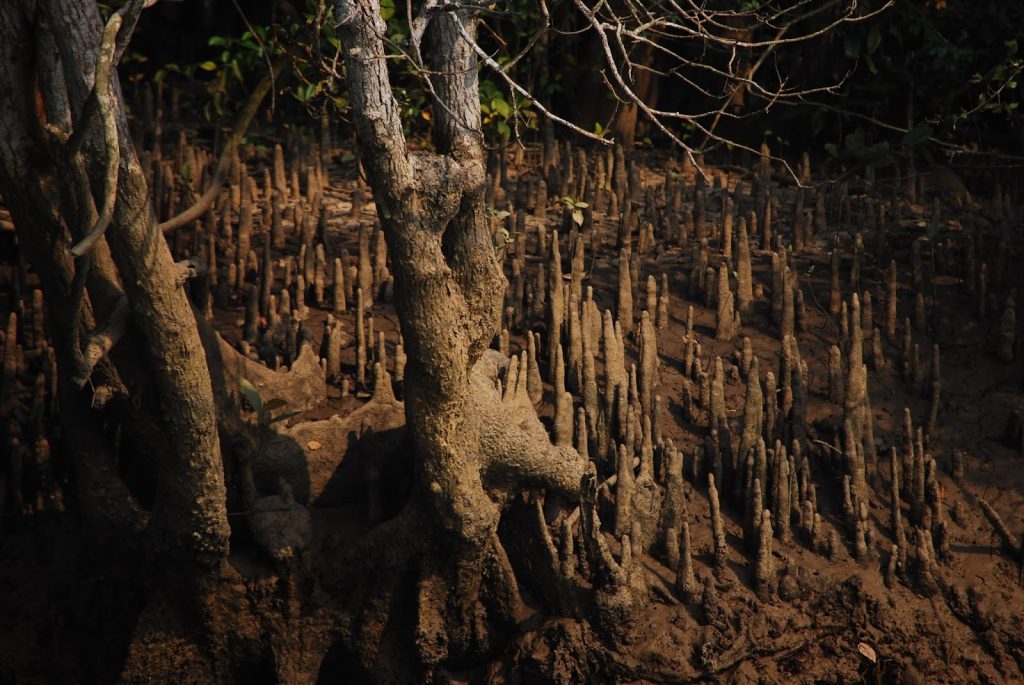Natabar Khuntia
Disasters such as cyclones, floods and droughts are recurring in Odisha at regular intervals, causing loss to human and animal life, shelters, productive assets, civic infrastructure, standing crops, forests, and drinking water sources, among other things. The after-effects of natural calamities, particularly cyclones, are unimaginable. Survivors face problems from shortage of food, shelter and drinking water, among other things. And huge sums are required for relief and reconstruction, which state and Union governments cannot provide considering financial positions of state and union governments. External assistance, domestic and foreign, is essential not only to rehabilitate the affected but also to construct infrastructure that can survive natural calamities without huge damage. What types of infrastructure can be built to minimise the effects of natural calamities?
Waves in the ocean whipped up by the cyclone cause much damage. To check this, the state must construct sea walls along its 480-kilometres coastline. Wherever mangroves have been planted along the coast, the impact of cyclones has been mitigated.
In Sri Lanka, along the estuary of the Madhuganga river, the impact of the Indian Ocean tsunami of 2004 was mitigated by mangroves. That country had also planted saplings of giant screw pine along the coast which have grown to form a sea wall along the coast. A guide told this writer that the pines had been planted before the tsunami and parts of the coast with such plantations were saved from complete destruction. Sri Lanka government today undertakes massive screw pine plantations along the coast.
The Odisha government should also seriously consider such seawalls with the help of national and international experts, including those from the World Bank.
Though the poor are being provided with pucca houses under the ‘Pradhan Mantri Avas Yojana’ and ‘Biju Pucca Ghar Yojana’ the dwellings built are inadequate for the residents. Both the state and the Centre are unable to raise limits owing to paucity of funds.
There is no also no provision for safe housing of domestic animals such as bullocks, cows, goats and sheep. During floods and cyclones, many animals die. The government should, therefore, also consider construction of shelters for domestic animals.
Also, power should be supplied by means of an underground power supply system so cyclones cannot disrupt power. The paucity of safe drinking water resulting from such calamities leads to outbreak of diseases. Rainwater harvesting systems that utilize modern technology should be set up, deep tube wells should be dug and underground water tanks should be built. Every panchayat should have modern godowns-cum warehouses in which farmers can store their produce safe from the ravages of weather. These godowns can be utilised to also store relief materials so that during calamities the affected people can be immediately provided with required relief.
A long-term disaster reconstruction plan for areas vulnerable to natural calamities must be prepared with associated project costs so that these can be taken up in phases. Funds for this purpose should not come from budgetary resources. A special Disaster Reconstruction Fund needs to be created and utilized for creation of long-term infrastructure. This fund should under no circumstances be used for relief and rehabilitation.
The state and central governments may provide some initial funds, but the state should appeal to other state governments, industrial houses, businesses and commercial establishments, civil societies and individuals to contribute to this fund.
With approval of the Union government, states may also be allowed to appeal to foreign governments through their embassies to contribute to the fund. The United Nations and World Bank may also be appealed to contribute to this fund. The corpus should be used solely for taking preventive measures and creating long-term infrastructure so that the horrible impact of natural calamities can be minimised.
The writer is an Agro-banker and columnist. e-Mail: natabarkhuntia1@gmail.com.
